(3516 products available)


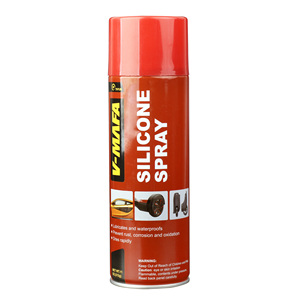




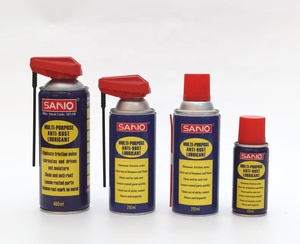




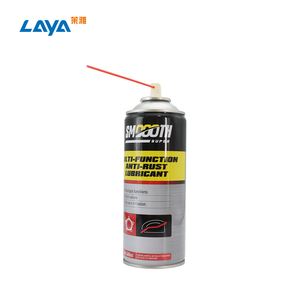
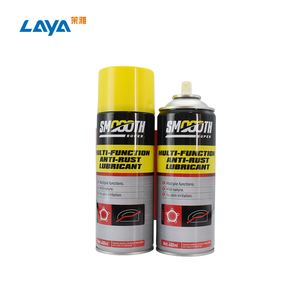












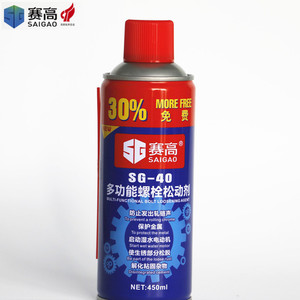


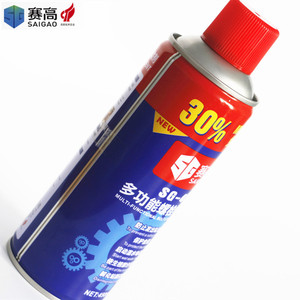

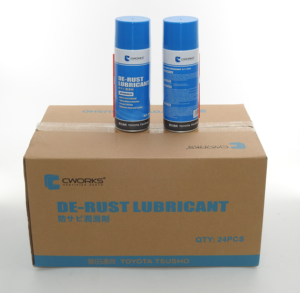



















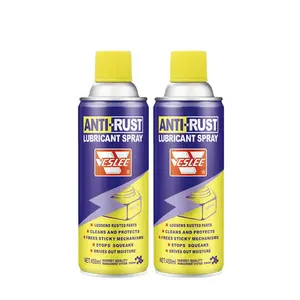
























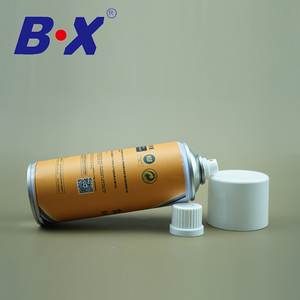






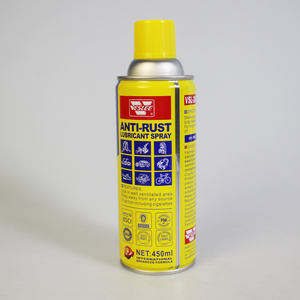

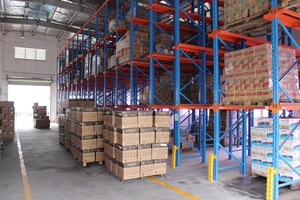




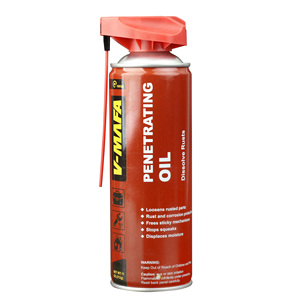




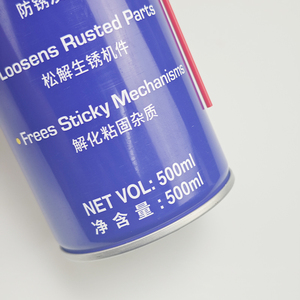



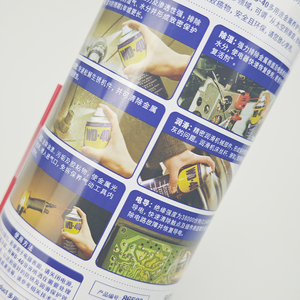







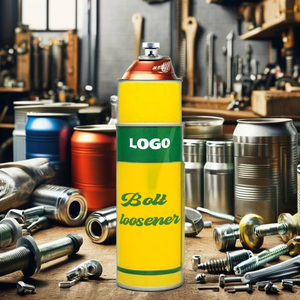






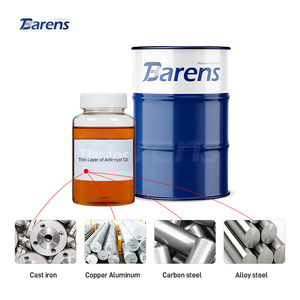





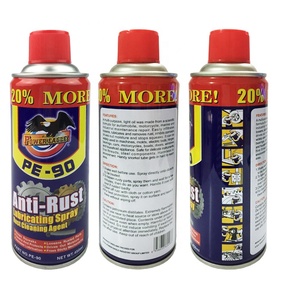
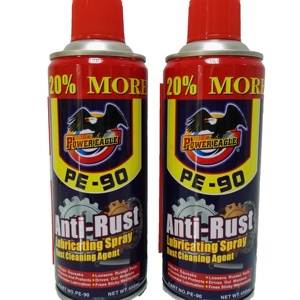






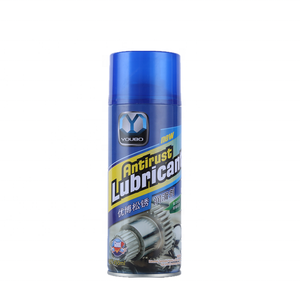



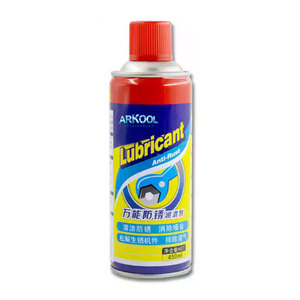









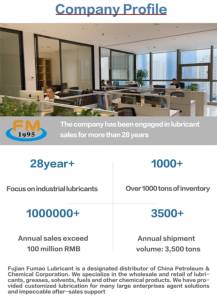
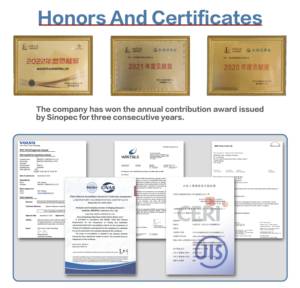





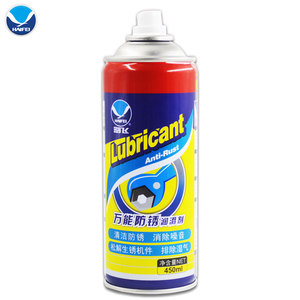
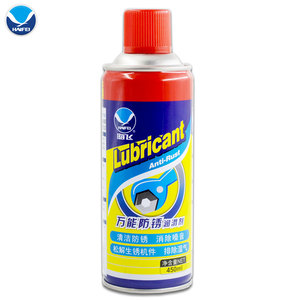
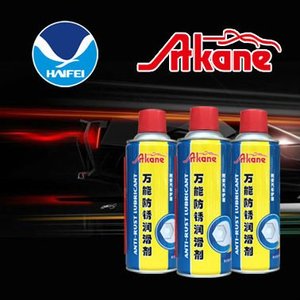





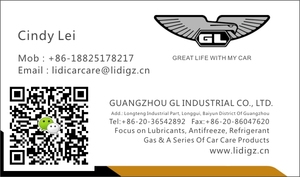







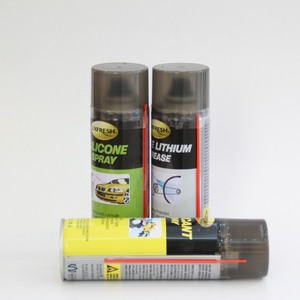
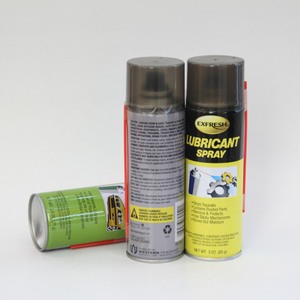











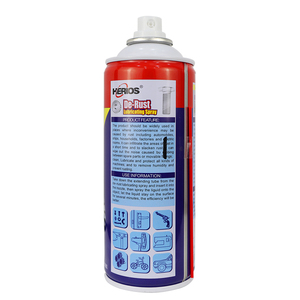

Anti-rust lubricants come in different types based on their composition, properties, and intended use. They include:
Oil-based rust inhibitors
These are traditional rust inhibitors that use oil as the main constituent. They function by forming a film on the surface of equipment to inhibit moisture access and consequently rust development. The oils used in rustproofing are mineral-based, which is a natural petroleum product. They are widely applied in the automotive industry, where they are used in rustproofing undercarriage and car body. They are also used in metallic equipment and tools stored in damp environments.
Water-based lubricants
These lubricants contain anti-corrosion additives and are designed to be applied in a water-like film. They are mainly used in applications where water and flammability hazards are a concern, like in the chemical and textile industries. The water-based anti-rust lubricants provide a temporary barrier against rust and can be easily washed off. They also have low toxicity and are compatible with various equipment.
Wax-based anti-rust lubricants
These contain waxy substances that form a hard, protective coating on the surface of the metal against rust. They are ideal for applications with harsh environmental conditions, like coastal areas, where rust development is rapid due to exposure to moisture and salt. The waxy coating is also useful in applications with mechanical moving parts, as it reduces wear and tear.
Graphite-based anti-rust lubricants
Graphite is a crystalline form of carbon and is an excellent solid lubricant due to its layered structure. This layered structure allows the sheets to slide past each other, making it an ideal dry lubricant. Graphite is widely used in applications where wet or liquid lubricants cannot be used, such as high-temperature environments or electrical components.
Silicone-based anti-rust lubricants
Silicone is a synthetic polymer made of silicon, oxygen, carbon, hydrogen, and other elements. It is known for its stability, durability, and resistance to extreme temperatures. Silicone-based anti-rust lubricants are suitable for applications that require long-lasting lubrication and protection against rust, such as in the aerospace industry and automotive components. They are also ideal for applications exposed to harsh environments, like marine and offshore equipment.
PTFE-based anti-rust lubricants
These are synthetic anti-rust lubricants with polytetrafluoroethylene (PTFE) as the main ingredient. PTFE is a fluoropolymer known for its low friction properties, making it an excellent lubricant. PTFE is used in applications that require high-performance lubrication, such as heavy industrial machinery, mining equipment, and other critical components.
Frequency of Application
Users should reapply anti-rust lubricants at recommended intervals or after exposure to moisture or harsh conditions to maintain protection.
Proper Storage
Users should store anti-rust lubricants in a cool, dry place away from direct sunlight and heat sources to prevent degradation of the product.
Surface Preparation
Before applying, users should ensure surfaces are clean and dry, free from old rust, dust, or contaminants to enhance the effectiveness of the lubricant.
Even Application
Users should apply the anti-rust lubricant evenly to all exposed surfaces, including hard-to-reach areas, to ensure comprehensive protection.
Inspection and Reapplication
Users should periodically inspect coated surfaces for signs of rust or wear and reapply the lubricant as needed to maintain a protective barrier.
Compatibility Check
Before use, users should ensure that the anti-rust lubricant is compatible with other products or materials present on the surface to avoid adverse reactions.
Follow Manufacturer's Instructions
Users should adhere to the manufacturer's guidelines regarding application methods, drying times, and recommended intervals for optimal performance.
When sourcing anti-rust lubricants for retail, it's essential to choose products that meet the intended customers' needs. Here are some tips to help retailers make informed choices.
Applying anti-rust oil is a straightforward process. Manufacturers usually provide detailed instructions on the application process. Here is a step-by-step guide on how to apply anti-rust lubricant and DIY:
Q1: How often should one apply anti-rust lubricant?
A1: The frequency of application depends on several factors, such as the type of lubricant used, the level of rust exposure, and environmental conditions. However, reapplication every few months or after heavy rain or snow is generally advisable.
Q2: Can anti-rust lubricants be applied on any metal surface?
A2: Yes, anti-rust lubricants are designed to protect various metal surfaces from rust. However, choosing a product suitable for a specific application, such as automotive, industrial, or marine, is essential.
Q3: Is it necessary to remove old anti-rust lubricant before applying a new one?
A3: In most cases, it is not necessary to remove the old anti-rust lubricant before applying a new layer. These products are typically designed to be compatible with one another. However, if there is a significant buildup or the product has degraded, cleaning the surface before reapplication is advisable.
Q4: Can anti-rust lubricants reverse existing rust damage?
A4: Anti-rust lubricants are primarily preventive. However, some products contain rust converters that can neutralize and transform minor rust stains into a stable compound. In cases of extensive rust, mechanical removal is typically required before applying the lubricant.
Q5: Are anti-rust lubricants safe for use on electrical components?
A5: There are specific anti-rust lubricants designed for use on electrical components, such as connectors and wiring. It is crucial to choose products labeled safe for electrical applications to avoid conductivity issues or damage to sensitive components.